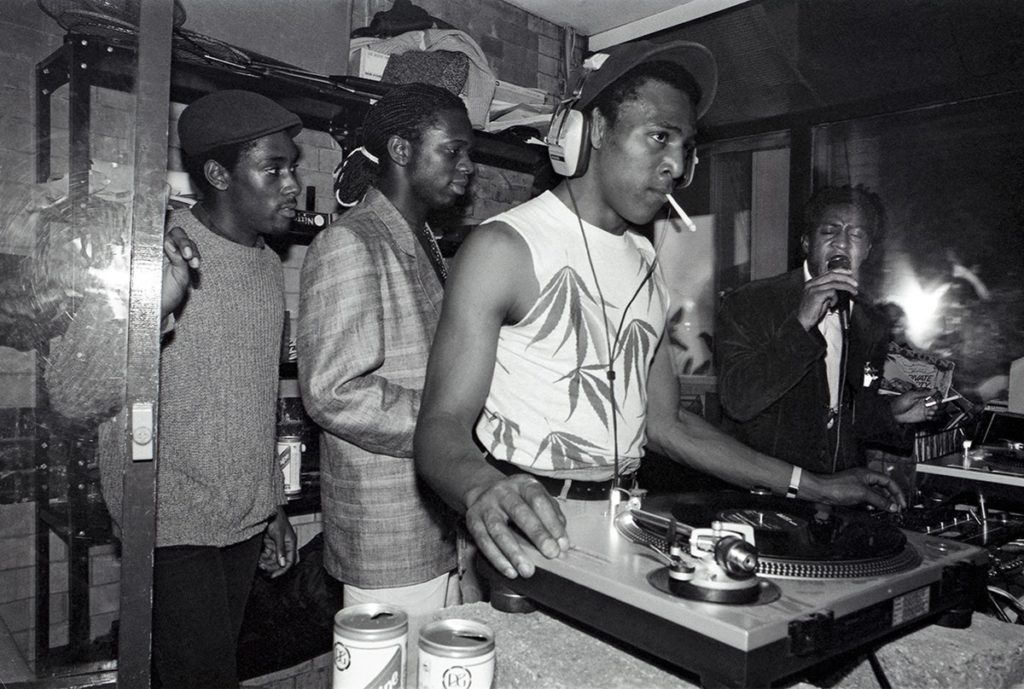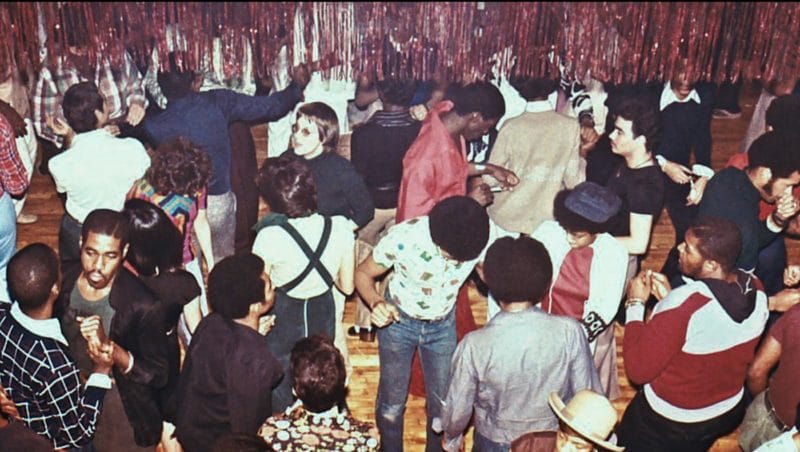Register for free to receive our newsletter, and upgrade if you want to support our work.
An article by Rens Wilderom. Rens is a PhD candidate at the University of Amsterdam.
There are actually many reasons, but in this blogpost I will focus on music industry-related reasons, and I will parse out three differences between the American and British recording industry which were essential for dance music’s development. But first, let me establish that dance music had overall a far greater popularity in the UK than in its birthplace the US.
Before the musical turning point that took place in Chicago by 1983, proto-house music communities were oriented to instrumentally-produced dance styles such as disco and R’n’B. One of the places where the critical shift to a more ‘minimalist’, ‘rawer’ and electronically-produced dance music took place was the Warehouse: the legendary Chicago club where house got its name. Its first house parties were primarily enjoyed by black (and gay) men from Chicago’s suburbs and are now described as ecstatic, hot and sweaty all-night dance spectacles. However, despite its success in local Chicago, Detroit and New York scenes, the genre did not make a transition to the large-scale music industry as successful in the US as it did in the UK. Based on data from the user-generated Discogs database and other sources, we used an innovative method to determine the genre of every charted record in both countries between 1985 and 2005. Our study shows that electronic dance music’s average market share comprised 7% in Billboard Hot 100 vs. 20% in UK Top 40. And the differences are not only limited to commercial success. Looking at the production-side of dance music, our findings show that the peak founding rate of new dance labels between 1985 and 2005 is about 13 times higher in UK than US per capita. Dance music also received considerably more attention and critical recognition from the specialized music press in the UK. But how did a music genre that travelled over the Atlantic became a bestseller some 6500 kilometers from its cradle? Below I give three reasons, focusing on the distinctive traits of the American and British recording industry.
Reason 1: openness for competition
One way to compare both music industries is by measuring their ‘economic concentration’. This is the degree in which a few companies control the market. While higher concentration levels indicate that a market’s resources are less evenly shared among competitors, lower concentration levels signal that market stakes are more evenly divided. Our study shows that the US market is notably more concentrated than in the UK. This means that while the American music market is predominantly controlled by major record labels, the British market is relatively open for smaller, independent labels (don’t get me wrong here, it is relatively more open. The majority of the British music market is also controlled by majors. This was some three decades ago, when house music broke through, and now it is the case even more). Independents in the UK had another advantage. During the days of punk and post-punk music in the 1970s and 1980s, independent labels organized themselves in distribution networks (such as the network around Beggars Banquet Records and its affiliated labels). This allowed them to reach out to record shops throughout the country and transcend their local music communities. When house music quickly gained popularity from 1988 onwards, these indie networks linked house music makers and labels to numerous record shops. In other words, whilst punks and other independent-minded music entrepreneurs paved roads around corporate distribution networks, the British house music community used these existing paths to reach their great success.

Reason 2: the creative input of smaller, specialized record labels
Another way of understanding differences between to two music industries, is by measuring the extent of ‘decentralization’. This refers to collaborations between major and independent labels. But it is also an indicator of major labels’ power to control which independents enter the popular music field. We found that levels of decentralization are notably higher in the US than in the UK. This tells us that US independent labels were more dependent on licensing and distribution deals with majors than their British counterparts. So while creative experimentation is especially associated with smaller, independent labels, the American major labels decide which independent labels enter the mainstream field. In contrast, the British popular music market provides more space for independents to release records without having to rely on deals with major labels. I do have to note that in the 1990s, the British music market increasingly shifted to the American model of decentralization, so majors and indies increasingly joined hands (for an elaborate discussion of this process, see David Hesmondhalgh’s The British Dance Music Industry, 1998).

Reason 3: debuting artists and innovations
When looking at the output-side of the two music industries, there are again some stark contrasts. It is challenging, but I believe not impossible, to systematically measure how innovative music industries are based on songs’ content. Instead, one may also use the number of ‘debuting artists’ (artists without a previous hit) as an indicator of innovation. While in the US about 25 artists per quarter appeared for the first time in the charts, this figure is in the UK is – with approximately 40 artists per quarter – much higher. The chart ‘turnover speed’ also considerably differs in both countries. In the US, a hit stayed in the charts for about 15 weeks, while in the UK this is on average no more than four weeks, indicating that the volatility of the British industry is markedly higher. But, were these opportunities for novel artists in general beneficial to dance music artists in particular? The answer is yes, they were. Our forthcoming study shows a pattern in which the number of debutant artists in general is growing rather in tandem with the number of debutant dance music artists.
The idea I like to pose here is that the ‘mainstream’ and the ‘underground’ may be more entwined than people sometimes like to believe.
Genre movement growth as a consequence of commercial success
In this blogpost I focused on music industry structures in order to explain differences in dance music’s success. However, readers may say that charts capture only a very narrow fraction of what happens in the music field as a whole. What about the underground?! And what about all those dedicated enthusiasts producing music for the love of the scene – without any ambition to reach the charts? In the UK, we checked whether growth of the wider dance music movement (as indicated by the number of debuting dance music labels in the wider music field) comes before or follows electronic dance music’s mainstream success. A formal test shows that increases in mainstream success systematically foreshadow growth of the dance music movement. Or, to put it differently, charts appear to be a good predictor of what happens in uncharted music communities. The idea I like to pose here is that the ‘mainstream’ and the ‘underground’ may be more entwined than people sometimes like to believe. A perspective that takes this entanglement into account is helpful to solve the puzzle of how dance music originated in the US, while its success really took off in the UK and other European countries. By attending to more and less commercial forms of cultural activity, as well as interactions between the two, we get a fuller picture of how such cultural innovation processes come about.
All pictures are courtesy of DAZED and Red Bull Music Academy.







